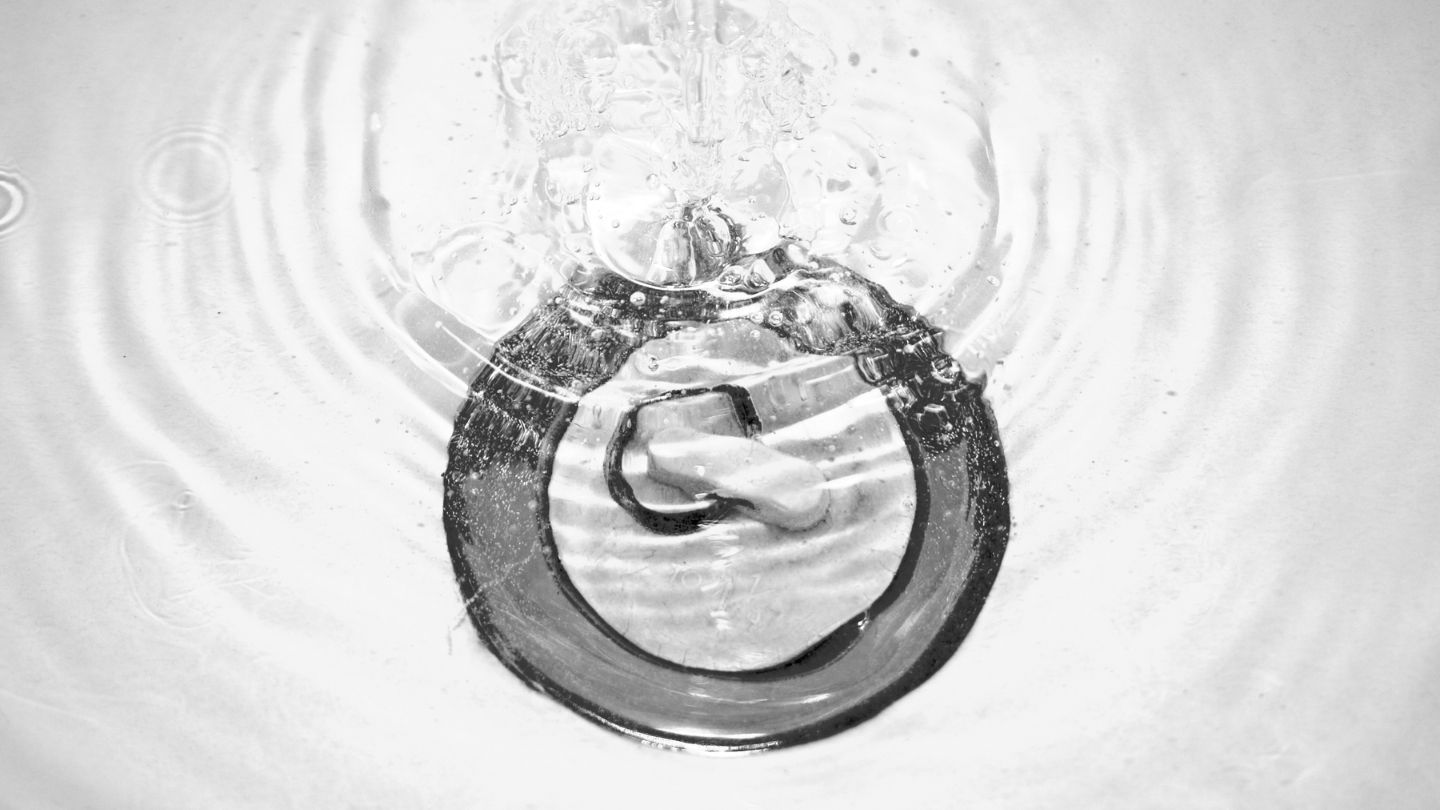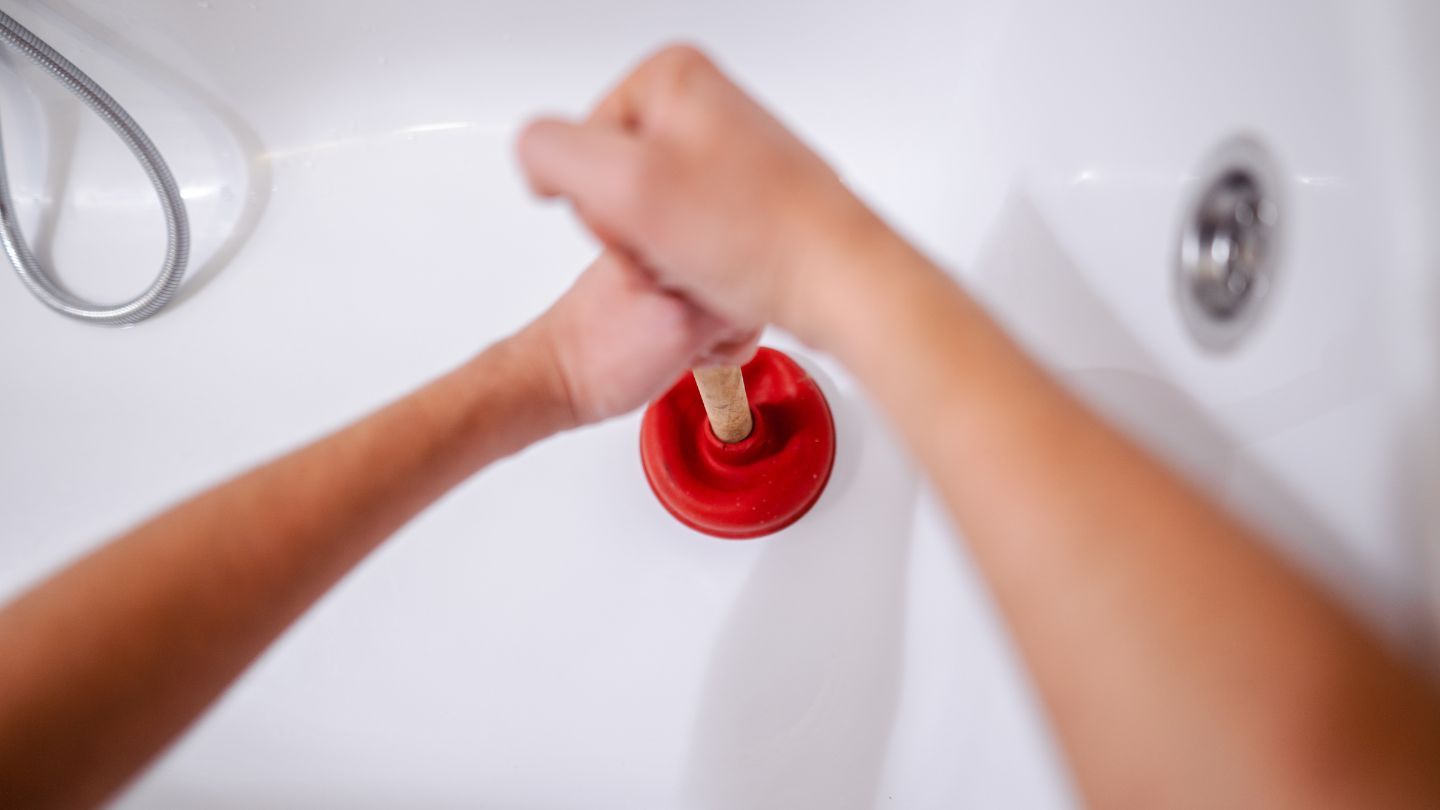A slow-draining bathtub is a
common household issue, often indicating a buildup of hair, soap scum, or other
debris in the tub drain. Preventing bathtub clogs is crucial to avoid slow drains
and the associated inconveniences. Left unaddressed, this can lead to bigger
plumbing problems, and no one wants the frustration of standing in rising water
during a relaxing bath. Using a drain protector can effectively capture hair
and debris, simplifying maintenance and reducing the risk of clogs. This guide
will help you tackle some simple fixes for a slow-draining tub and outline when
it's time to call a professional plumber.
Key Takeaways
- Common
culprits include
hair, soap scum, and foreign objects that can clog the bathtub drain.
- Effective
DIY methods like
plunging, using a baking soda and vinegar mixture, or employing a drain snake
can often clear minor clogs.
- Routine
maintenance, such as using drain covers and periodically flushing with hot
water, helps
prevent clogs and maintains optimal water flow in the bathtub's drain.
Use
of chemical cleaners
as a last resort for stubborn clogs, ensuring to follow the manufacturer's
instructions and proper ventilation.
Overview
A slow-draining bathtub isn't
just a minor inconvenience; it can be a sign of deeper plumbing issues in the
drain line or vent pipe. Addressing problems with the tub's drain promptly is
crucial to prevent further complications. Slow draining may start small but
could escalate if ignored, causing lingering odors or even damage to bathroom
flooring from excess moisture. While there are several easy methods to address
the issue at home, such as using a plumber's snake or a cup-style plunger,
recurring problems usually call for professional help.
Regularly tackling minor clogs
and scheduling professional plumbing inspections when necessary will help keep
your bathroom functional and reduce the risk of costly repairs.
Common Causes of a
Slow-Draining Bathtub
Understanding why your tub
drains slowly is the first step to finding an effective solution. Here are a
few common causes:
- Hair
and Soap Scum: The
combination of hair and soap residue creates stubborn clogs that restrict water
flow through the bathtub drain.
- Bath
Oils and Products:
Bath oils and certain products like bath bombs can cause greasy or oily
buildup, leading to substantial clogs over time.
- Foreign
Objects: Items
like children's toys, wipes, or large clumps of hair can accidentally block
drains, restricting water flow.
- Mineral
Deposits: In older
plumbing systems, mineral buildup due to hard water can create restrictions in
the pipes, reducing drainage efficiency.
- Drain
Pipe Issues:
Problems with the drain pipe, such as blockages or airlocks, can cause slow
draining. Ensuring the drain line and vent pipe are functioning correctly is
crucial.
- Main
Sewer Line Clogs:
Clogs in the main sewer line can lead to slow draining and may require
professional intervention to resolve complex plumbing issues.
By identifying these common
culprits, you can tackle them effectively and prevent future issues.
5 Methods to Fix a
Slow-Draining Bathtub

Here are five tried-and-true
methods for resolving a slow-draining tub. While these DIY methods are often
effective, knowing when to call a professional is crucial for long-term
resolution.
1. Clear the Drain Stopper
One of the easiest ways to
address a slow drain is to clean the drain stopper. Over time, debris such as
hair and soap scum can accumulate around it and the drain opening, causing
blockages. Follow these steps to clean your stopper:
- Remove
the Stopper:
Depending on your stopper type, unscrew the knob on top and then unscrew the
bolt from the crossbar.
- Clean
the Stopper:
Remove any hair and debris from the stopper and the area around it.
- Reassemble: Once it's clean, reassemble the
stopper and check for drainage improvement.
Regularly cleaning the drain
stopper is a simple way to prevent future clogs and maintain smooth water flow.
2. Use a Cup-Style Plunger
A cup-style plunger is one of
the most effective tools for dislodging clogs located near the surface of the
drain. Here's how to use it:
- Remove the Stopper: Take out the drain stopper for direct access to the clog.
- Add Water: Fill the tub with enough water to submerge the plunger's base fully.
- Position the Plunger: Place the plunger firmly over the drain opening.
- Plunge: Use forceful plunging motions for several minutes to create pressure, which can help dislodge any obstructions.
If you're unsuccessful after
several attempts, the clog may be deeper in the drain line, requiring
professional tools or expertise.
3. Baking Soda and Vinegar
Solution
The classic baking soda and
vinegar mixture is effective for breaking down clogs caused by soap scum or
minor hair accumulation. Follow these steps:
- Pour
Baking Soda: Start
by pouring one cup of baking soda down the bathtub's drain.
- Add
Vinegar: Follow
with one cup of white vinegar. The mixture will create a fizzing reaction that
helps break down minor clogs.
- Wait: Let the solution sit for 15-30 minutes
to allow the reaction to dissolve the clog.
- Flush
with Hot Water:
Pour hot water down the drain to clear any remaining residue.
This method is ideal for minor
clogs, but for recurring issues or persistent blockages, it's best to consult a
plumber.
4. Boiling Water Method
Boiling water is an easy and
effective way to dissolve grease buildup and soap scum within the drain. Here's
how to use it:
- Boil
Water: Heat a pot
of water until it reaches a rolling boil.
- Pour
Gradually: Slowly
pour the boiling water down the bathtub's drain in stages, allowing each pour
to work through the clog.
- Combine
with Other Methods:
For even better results, try using boiling water after applying the baking soda
and vinegar solution.
This method is great for
clearing light buildup but may not work for deeper or more stubborn clogs.
5. Use a Plastic Drain Snake
A plastic drain snake is an
excellent tool for removing hair and other debris near the drain's surface.
Here's how to use it effectively:
- Insert
the Snake: Push
the snake down into the bathtub's drain.
- Twist
and Pull: Rotate
the snake to latch onto any hair and debris, then pull it out slowly to avoid
damaging the pipe.
- Repeat: Repeat as necessary until the drain is
clear.
If you find the clog is too
deep, or if you're uncomfortable handling the snake, contact a professional
plumber.
Preventative Measures to Avoid
Future Clogs

Preventative steps can help
keep your bathtub drain functioning smoothly and minimize the likelihood of
clogs. Here are some practical steps:
- Use
a Drain Cover or Protector:
Install a drain cover to catch hair and debris before they enter the drain.
- Flush
with Hot Water:
Pour hot water down the drain periodically to prevent buildup.
- Baking
Soda and Vinegar Routine:
Use this combination regularly to avoid minor clogs from forming.
- Maintain
the Drain Pipe:
Regularly check and clean the drain pipe to ensure it's free from blockages.
- Schedule
Professional Inspections:
Regular inspections can detect and fix potential issues early, maintaining
optimal drainage and extending the lifespan of your plumbing system.
By adopting these practices,
you can effectively prevent clogs and improve water flow.
When to Call a Professional
While DIY methods can often
resolve minor clogs, there are situations where professional assistance becomes
necessary. A-Total Plumbing is here to help if you experience persistent or
recurring clogs, slow drainage even after multiple DIY attempts, strange odors
or gurgling sounds coming from the drain, visible signs of pipe corrosion, or
issues with the main sewer line. Our professional plumbers have specialized
equipment, such as high-powered augers and hydrojetting tools, which are
essential for tackling deep or complex clogs effectively.
Summary
Fixing a slow-draining bathtub
can often be managed with DIY techniques like using a plunger, baking soda,
vinegar, or a drain snake. However, persistent clogs or deeper issues require
professional expertise. Practicing consistent maintenance and preventative
measures will keep your bathtub's drainage running smoothly, helping you avoid
the inconvenience and cost of major plumbing repairs.
At A-Total Plumbing, we
understand the frustration of dealing with a slow-draining bathtub and are here
to help. Our team of experienced plumbers
in Cartersville, GA, is
equipped to tackle any plumbing issue, big or small. Whether it's a stubborn
clog or a more complex plumbing problem, we offer reliable and efficient
solutions tailored to your needs. Contact
us today for a quick
fix and get your bathroom back to optimal functionality.
Frequently Asked Questions
Can I use chemical drain cleaners for a slow-draining bathtub?
Chemical cleaners can be
effective but should be used as a last resort, as they can damage pipes over
time. Always follow the manufacturer's instructions and ensure proper
ventilation when using.
How often should I clean my bathtub drain to prevent clogs?
Clean the drain once a month,
including removing the stopper and clearing visible debris. Regularly flushing
with hot water or a baking soda and vinegar mix can help prevent buildup.
Why does my bathtub drain clog so frequently?
Frequent clogs may indicate a
buildup of hair, soap scum, or mineral deposits from hard water. Installing a
drain cover and conducting routine cleanings can help, but a professional
inspection may be needed for persistent issues.
Can I prevent clogs by using a drain cover?
Yes, a drain cover catches hair
and debris before they enter the drain, minimizing clogs.
What should I do if my bathtub's main sewer line is clogged?
For main sewer line issues,
it's best to call a professional plumber. This type of clog typically requires
specialized equipment for safe and effective clearing.

